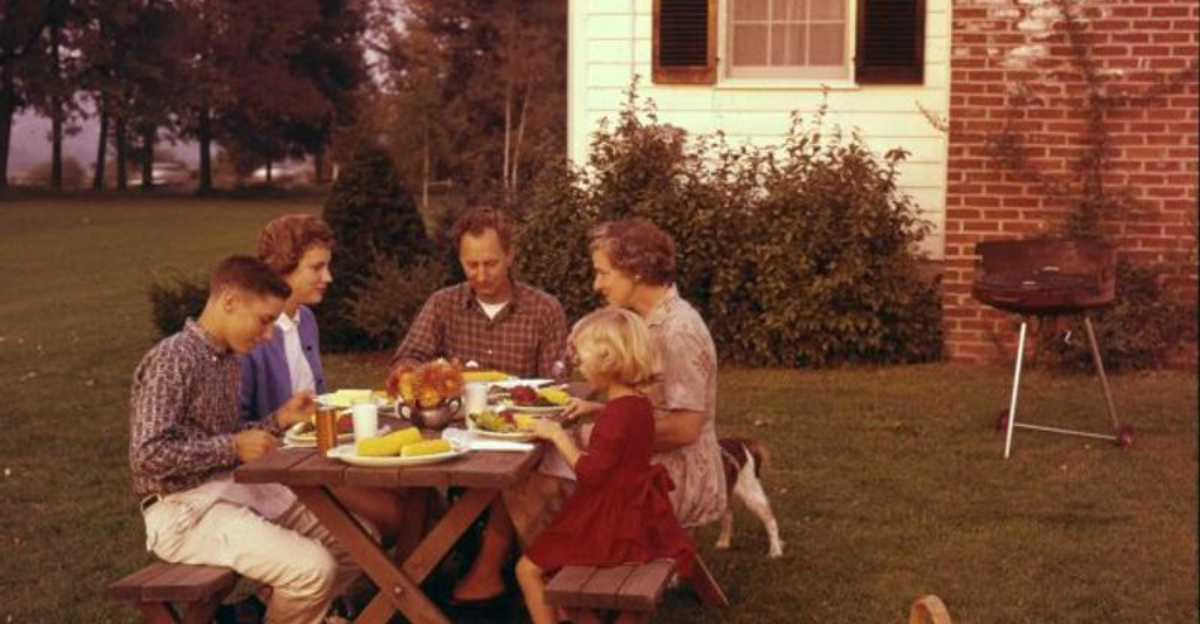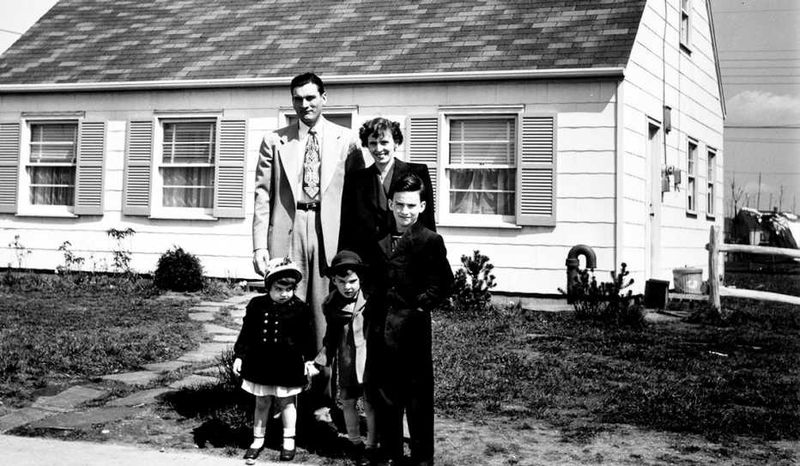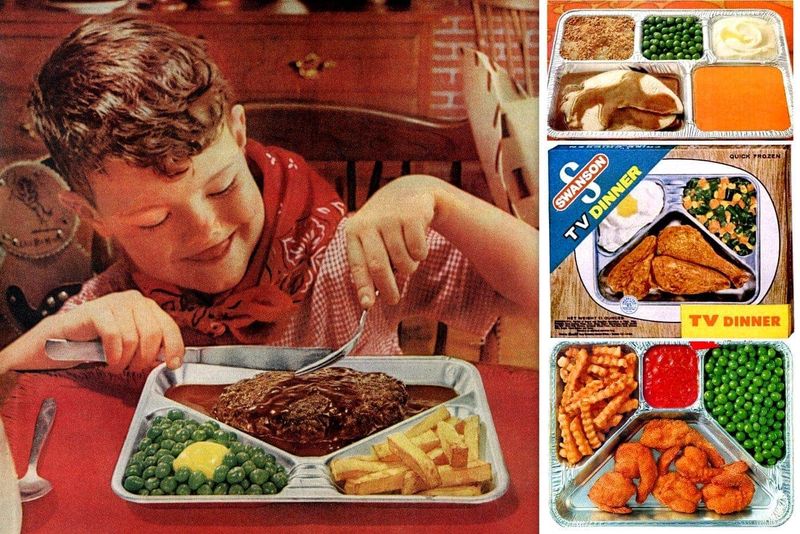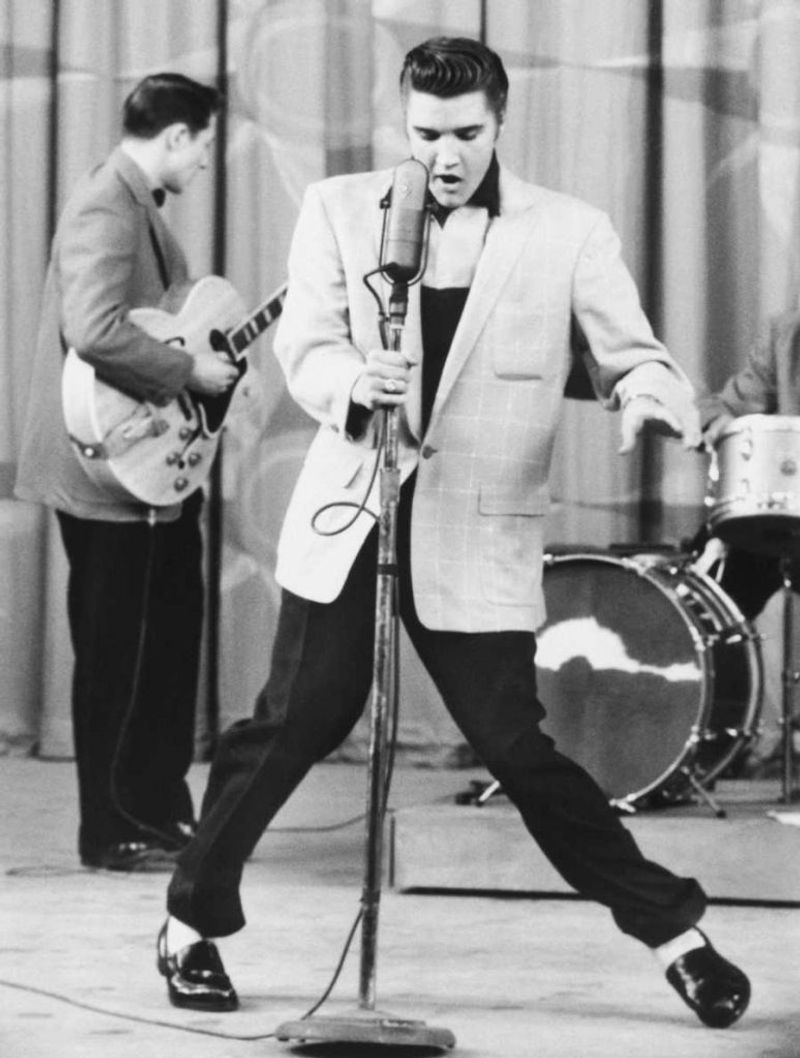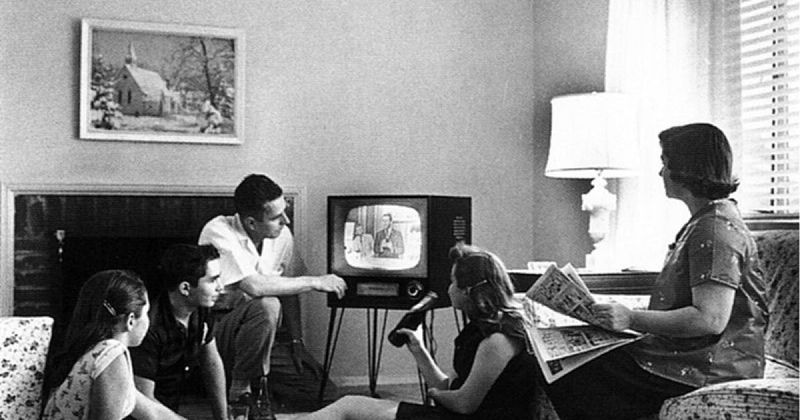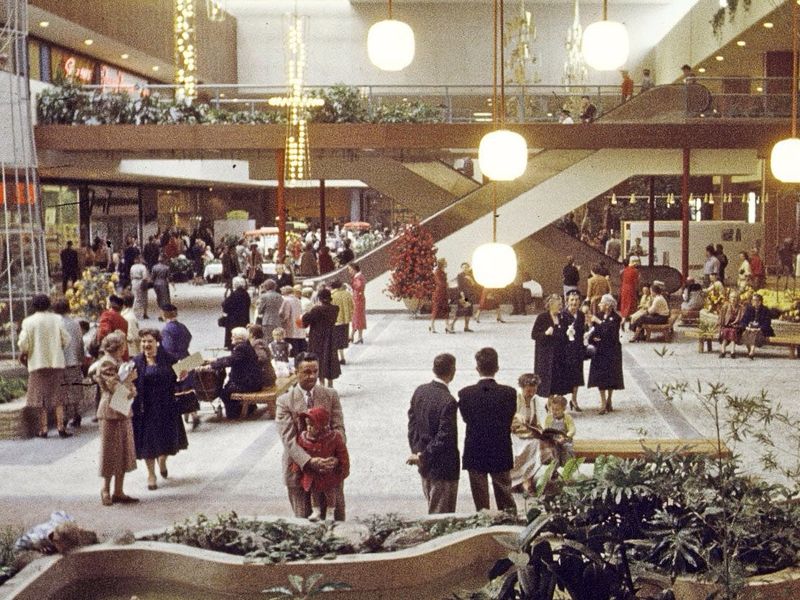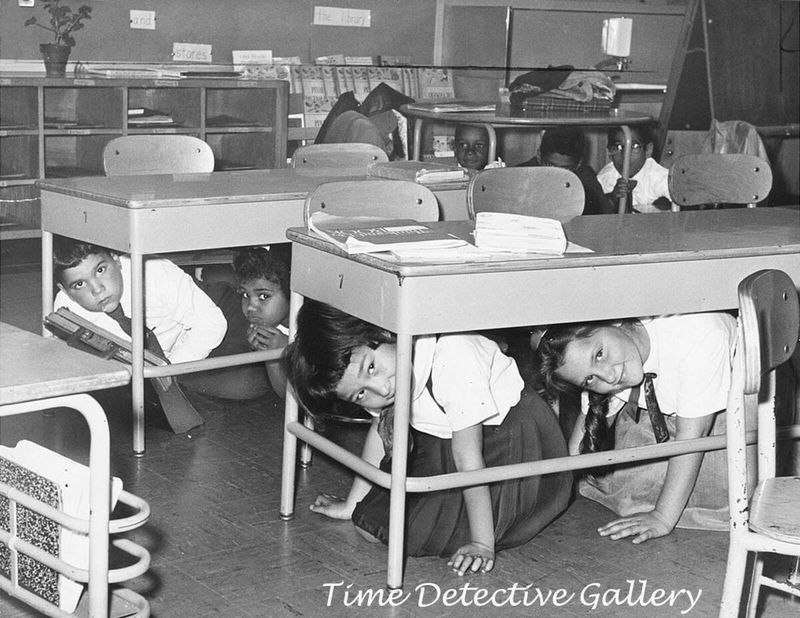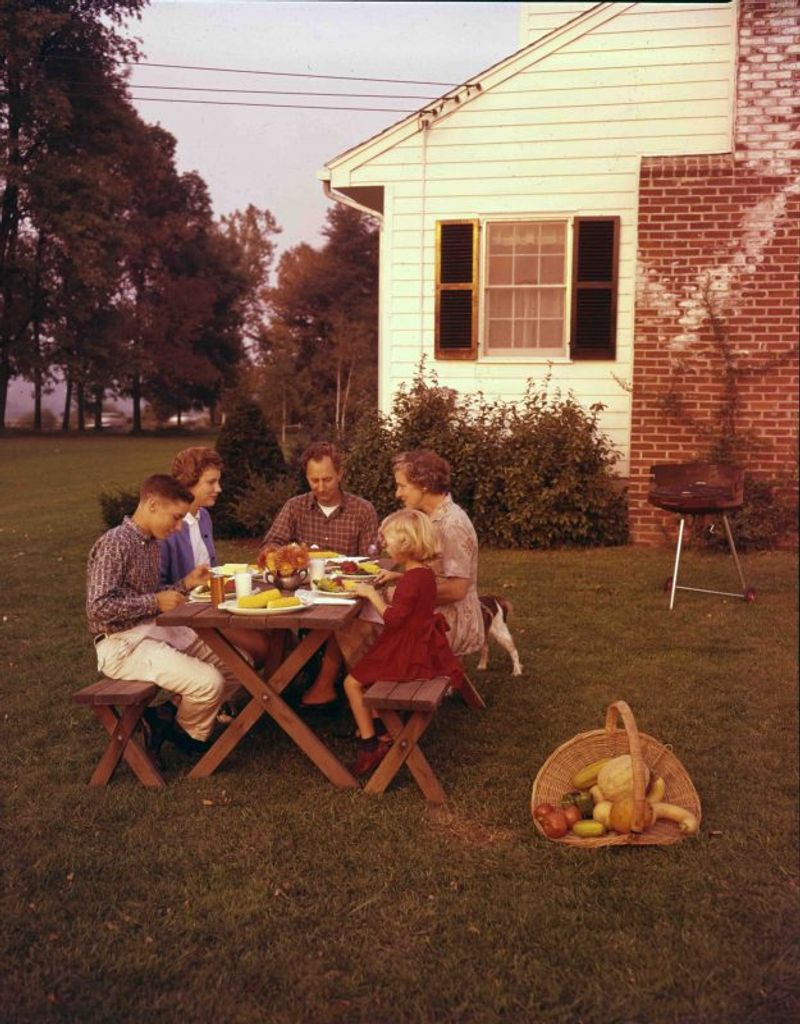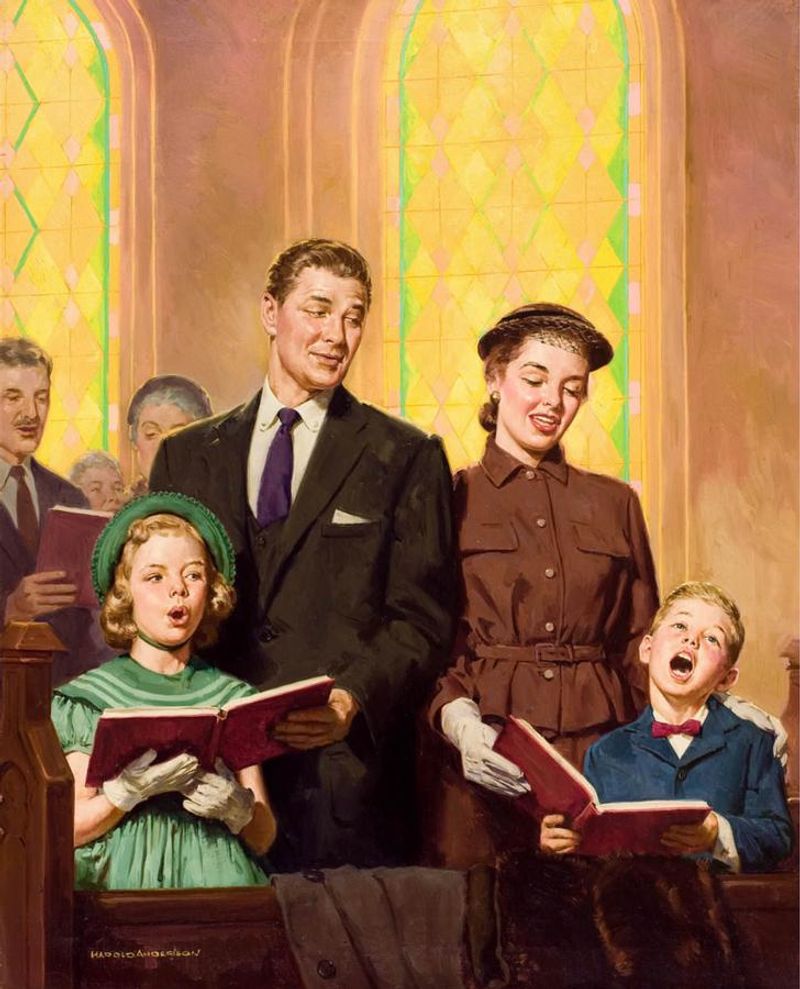The 1950s represent a fascinating chapter in American history, marked by post-war prosperity, cultural shifts, and technological innovations.
Families gathered around new television sets, suburbs expanded rapidly, and distinctive foods and fashions emerged that still spark nostalgia today.
Take a journey with us as we explore what made this decade so memorable for those who lived through America’s mid-century moment.
1. The Nuclear Family Takes Center Stage
White picket fences and neatly trimmed lawns framed the 1950s American Dream. Families typically consisted of working fathers, homemaking mothers, and an average of 2-3 children – a structure celebrated in magazines, advertisements, and early television shows.
The baby boom created unprecedented child-focused consumerism. New suburbs like Levittown offered affordable homes to returning GIs and their growing families, establishing patterns of domestic life that would define generations.
2. Dinner Table Classics That Defined an Era
Meatloaf reigned supreme on American tables! Paired with mashed potatoes and green beans, this hearty main dish embodied post-war prosperity and comfort. Families gathered nightly around tables adorned with these familiar favorites.
Colorful Jell-O molds containing everything from fruit to vegetables showcased homemakers’ creativity. The introduction of TV dinners in 1953 revolutionized mealtime, allowing families to eat while watching their favorite shows – convenience that forever changed American eating habits.
3. Rock ‘n’ Roll Revolutionizes Youth Culture
Elvis Presley’s swiveling hips scandalized parents while thrilling teenagers across America. His blend of country, blues, and gospel created a sound that defined a generation and sparked a cultural revolution that still echoes today.
American Bandstand, hosted by Dick Clark, became appointment television for teens eager to learn the latest dance moves. Poodle skirts twirled as teenagers jitterbugged to Bill Haley’s “Rock Around the Clock” at high school gymnasiums across the country.
4. Television Transforms Family Entertainment
“Lucy, I’m home!” echoed from living rooms nationwide as families gathered around small black-and-white screens. TV ownership skyrocketed from 9% of households in 1950 to 90% by 1959, fundamentally changing how Americans spent their evenings.
Shows like “I Love Lucy,” “The Honeymooners,” and “Leave It to Beaver” reflected idealized American life. Milton Berle, known as “Mr. Television,” became so popular that movie theaters closed on Tuesday nights because everyone stayed home to watch his show!
5. Cars: Status Symbols and Freedom Machines
Gleaming chrome and sweeping tailfins transformed automobiles from mere transportation into rolling art. Families proudly displayed their prosperity through Chevrolets, Fords, and Cadillacs parked in driveways across America.
Drive-in theaters combined America’s love affair with cars and movies, creating date night magic for teenagers and family entertainment for all. The newly authorized Interstate Highway System in 1956 promised adventure, connecting Americans to destinations previously considered too distant for weekend travel.
6. Suburban Shopping Transforms Consumer Culture
Shopping centers sprouted alongside new suburban developments, bringing retail therapy closer to home. Women pushed metal carts through gleaming supermarkets stocked with an unprecedented variety of packaged foods and household products.
Department stores like Sears and JCPenney became destinations for families seeking everything from appliances to clothing. The Diners Club Card, introduced in 1950, pioneered consumer credit, allowing Americans to participate in the growing culture of consumption even when cash was tight.
7. School Days: Education and Social Training Ground
Classrooms buzzed with unprecedented numbers of baby boom children learning reading, writing, and arithmetic. Duck-and-cover drills reflected Cold War anxieties, while dress codes enforced conformity – boys in pressed shirts, girls in skirts and blouses.
School sports gained importance as communities rallied around Friday night football games and basketball tournaments. Home economics taught girls household management while boys took shop class, preparing students for gender-specific adult roles that seemed permanently fixed in the social order.
8. Backyard Barbecues and Neighborhood Gatherings
Charcoal grills sizzled as dads donned aprons to flip burgers while moms prepared potato salad and baked beans. These casual gatherings strengthened community bonds in newly established suburbs where everyone was starting fresh together.
Children played freely throughout neighborhoods until streetlights signaled time to return home. Card tables appeared on patios for adults playing canasta and bridge, while portable radios broadcast baseball games in the background, creating a soundtrack for summer evenings across America.
9. Home Technologies That Changed Daily Life
Refrigerators replaced iceboxes, transforming food storage and shopping habits. Families proudly displayed these gleaming appliances alongside automatic washing machines that liberated homemakers from the drudgery of washboards and wringers.
Vacuum cleaners hummed across wall-to-wall carpeting while electric mixers whirred in kitchens. The average household owned just one telephone – typically black, rotary-dial, and stationed in a central location where calls offered little privacy but connected families to the wider community.
10. Cultural Values: Conformity and Optimism
Church attendance soared to an all-time high, with religious affiliation considered both socially necessary and patriotic. Sunday morning services followed by family dinners created weekly rhythms that structured American life across denominations.
Civic organizations flourished as adults joined Rotary Clubs, Elks Lodges, and PTAs. Beneath the conformity bubbled tensions that would later explode – segregation remained entrenched despite legal challenges, and women’s magazines glorified domesticity while female workforce participation quietly grew.
